Barnyard Comes Alive in Farm Animal Oil Paintings

In the portrait, Lucy the lamb looks so cuddly you can almost feel the soft white curls of her wool and the silkiness of her ears. But it is her gaze, that look of pure innocence and trust, that makes the oil painting come alive.
“I love their eyes,” says Corryton, Tennessee, artist Sarah Weber, referring to the pigs, cows and other barnyard critters she often depicts on canvas. “That’s what I’m painting for – to get the expression in the eyes, and then the rest comes from that.”
Weber, whose family has been in the greenhouse business for more than a century, worked as secretary for the East Tennessee Farmers Association for Retail Marketing, selling bedding plants in Knoxville and Oak Ridge.
“It was just natural,” she says of her former career. “I think I have green in my veins.”
Art, too, apparently runs in her bloodstream. After taking a few art classes at Maryville College in the 1960s, she didn’t pick up a brush again until 2005, when the spark of the hobby she’d put on hold for years fanned into a flame.
“And I jumped in with all four feet,” she says. “Somebody said I ‘burst forth.’ It had just been in me all those years.”
First came the barnyard scenes, which rekindled Weber’s fond childhood memories of raising goats and riding ponies. After that, she began painting exotic wildlife such as lemurs, chameleons and elephants, using her own photographs and composites created from magazine images. Then she developed a sideline doing pet portraits on commission. Recently, she ventured beyond her mainstay medium – oil paint – and started experimenting with a palette knife and acrylic color straight out of the tube.
“At first it looks pretty awful, very elementary,” she says, describing the process of turning an idea into a sketch and, eventually, a finished painting. “But I just keep going. It’s very common for people to over-paint – what I call ‘lick the canvas’ – keep going and going and not know when to stop. But when that point comes, you just lay your brush or your palette knife down and you know you’re finished.”
More than anything, Weber hopes her customers enjoy a childlike sense of wonder about the furry, feathered and finned creatures in her paintings.
“I want them to remember how they felt when they were young and they saw animals on their grandfather’s farm, how the animals felt, how they smelled, how they would just stop and stand and stare at you like statues,” she says. “I love to stare back!”
Animal Prints
Sarah Weber’s barnyard scenes can be found at Bears Valley Antiques in Sevierville, Roper Mansion’s Edward James Gallery in Dandridge and Artisun Gallery in Hot Springs, N.C. She also sells her original paintings, prints and giclee reproductions at festivals and art shows throughout Tennessee and North Carolina. See www.sarahbweber.com for more details.




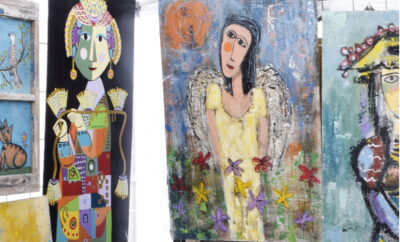
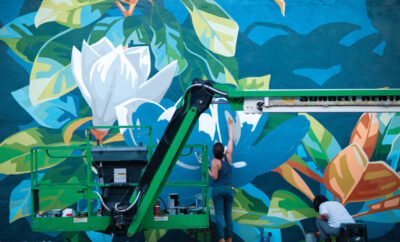
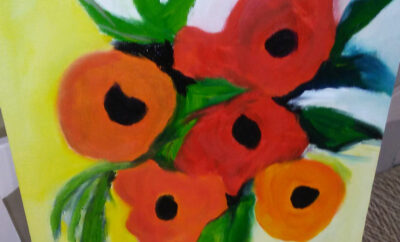
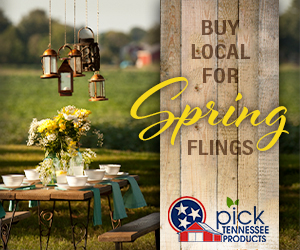






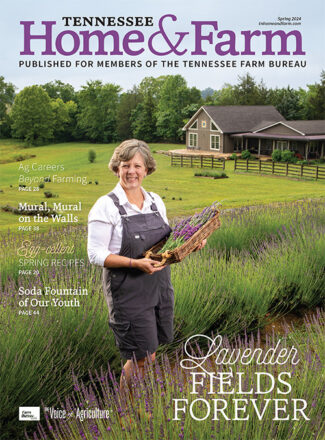
Sarah, This is an excellent article about you and your wonderful talent. I know you’re happy doing what you love — it shows in every piece that you do. I feel like I know a celebrity!!!! Just continue doing your beautiful work so that we can all enjoy it. I am SO happy for you!!!!
sherry
Sarah, This is fantistic: You are so tallented. We are happy that you are getting
the recognition you so richly deserve. Keep painting.
Bill and Betty
Tn Home & Farm magazine article
Sarah, this is so exciting! Your art is amazing! It is difficult to imagine that you have not been doing this forever by looking at your work. This is a great article and I’m so glad you are getting even more recognition!